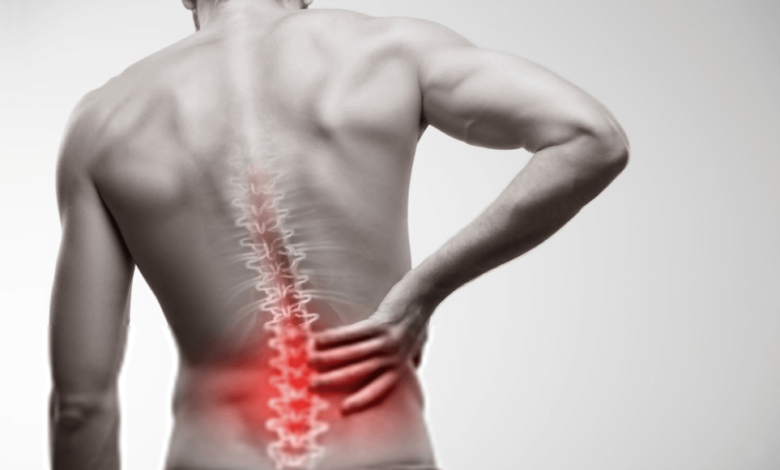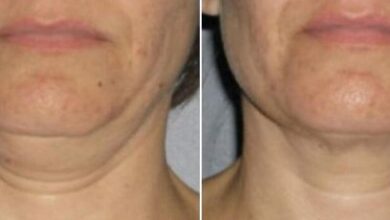Dural Sac: A Comprehensive Guide to Spinal Anatomy and Health

The dural is a vital component of the human spinal cord. Understanding its structure and function is crucial for maintaining spinal health. In this article, we will explore the dural sac, its role in protecting the spinal cord, common issues related to it, and ways to maintain spinal well-being.
What is the Dural Sac?
The dural sac, also known as the thecal sac, is a tough, protective membrane surrounding the spinal cord and cerebrospinal fluid. It is a vital part of the meninges, a series of membranes that safeguard the central nervous system.
The Anatomy of the Dural Sac
2.1 The Spinal Cord and Meninges
The spinal cord is a bundle of nerves that extends from the brain through the vertebral column. Surrounding the spinal cord are three layers of protective membranes, collectively known as the meninges. The dural is the outermost layer, situated just beneath the bones of the spine.
2.2 The Dura Mater: A Protective Sheath
The dura mater is the thickest and toughest layer of the meninges. It acts as a sturdy, protective sheath that encases the spinal cord and nerve roots. This tough membrane helps prevent damage from external forces and minimizes the risk of injury.
The Importance of the Dural Sac
The dural plays a vital role in maintaining the spinal cord’s and nerves’ health and integrity. It acts as a barrier against infection, mechanical trauma, and chemical irritants. Proper functioning of the dural is essential for overall spinal health and well-being.
Common Conditions Affecting the Dural Sac
4.1 Spinal Stenosis: Narrowing of the Spinal Canal
Spinal stenosis is a condition characterized by the narrowing of the spinal canal, which can put pressure on the dural and the spinal cord. This compression can lead to pain, numbness, and weakness in the affected areas.
4.2 Disc Herniation: Pressure on the Dural
Disc herniation occurs when the soft cushion-like discs between the vertebrae bulge or rupture, putting pressure on the dural and nearby nerves. This can cause shooting pain, tingling, and muscle weakness.
4.3 Cauda Equina Syndrome: A Serious Compression
It can lead to bladder and bowel dysfunction, weakness, and sensory loss in the lower limbs.
Diagnosing Dural -Related Issues
Proper diagnosis of sac-related issues is crucial for effective treatment. Medical professionals use various methods to diagnose these conditions.
5.1 Physical Examination and Medical History
A thorough physical examination and detailed medical history help the doctor understand the symptoms and potential causes. This information guides further testing and evaluation.
5.2 Imaging Tests: X-rays, MRI, and CT scans
Imaging tests like X-rays, magnetic resonance imaging (MRI), and computed tomography (CT) scans provide detailed images of the spine and can reveal abnormalities affecting the sac.
Treatment Options
The treatment approach for dural-related issues depends on the specific condition and its severity.
6.1 Non-Surgical Approaches: Rest and Medications
In mild cases, rest, pain-relieving medications, and anti-inflammatory drugs may be sufficient to alleviate symptoms and promote healing.
6.2 Physical Therapy and Rehabilitation
Physical therapy and rehabilitation help strengthen the surrounding muscles, improve flexibility, and restore normal function.
Preventing Dural Sac Problems
Prevention is key to maintaining spinal health and preventing dural -related issues.
7.1 Maintain a Healthy Posture
Maintaining good posture, especially during prolonged sitting or standing, can reduce stress on the spine and dural sac.
7.2 Regular Exercise and Stretching
Engaging in regular physical activity and stretching exercises can strengthen the back muscles and improve spinal flexibility.
7.3 Ergonomic Work Environment
Creating an ergonomic work environment, with an adjustable chair and proper desk height, can minimize strain on the spine.
Lifestyle Tips for Spinal Health
Healthy lifestyle choices contribute to overall spinal health.
8.1 Nutrition and Hydration
A balanced diet rich in essential nutrients, along with proper hydration, supports spinal health and promotes tissue repair.
8.2 Weight Management
Maintaining a healthy weight reduces pressure on the spine and minimizes the risk of developing spinal issues.
8.3 Quit Smoking
Smoking can impair blood flow to the spine, hindering the healing process and increasing the risk of spinal problems.
The Role of Chiropractic Care
Chiropractic care offers non-invasive, holistic approaches to spinal health.
9.1 Spinal Adjustments
Chiropractors use spinal adjustments to realign the vertebrae, reducing pressure on the dural sac and nerves.
9.2 Therapeutic Exercises
Chiropractors may recommend specific exercises to improve spinal function and strengthen supporting muscles.
9.3 Lifestyle Recommendations
Chiropractors often provide lifestyle recommendations to promote spinal health and prevent future issues.
Seeking Professional Help
Knowing when to seek professional help is crucial for early diagnosis and treatment.
10.1 When to Consult a Doctor
Persistent or worsening symptoms should prompt a visit to a healthcare professional for evaluation.
10.2 Choosing the Right Specialist
Depending on the condition, seeking a qualified orthopedic surgeon or neurosurgeon may be necessary.
10.3 Second Opinions
In complex cases, seeking a second opinion can provide valuable insights into treatment options. Read more…
Conclusion
The dural sac is an essential component of the spinal anatomy that plays a vital role in protecting the spinal cord and nerves. Understanding its function and the common issues that can affect it empowers individuals to take proactive steps in maintaining spinal health. By adopting a healthy lifestyle, seeking professional help when needed, and staying informed about advances in spinal care, we can ensure a healthy and pain-free life.
FAQs
- Is the dural the same as the spinal cord? No, the sac is a protective membrane surrounding the spinal cord.
- Can spinal stenosis be reversed without surgery? Non-surgical approaches like rest and physical therapy may help alleviate symptoms in mild cases.
- Is chiropractic care safe for all spinal issues? Chiropractic care can be beneficial for many spinal conditions, but it’s essential to consult a qualified professional.




